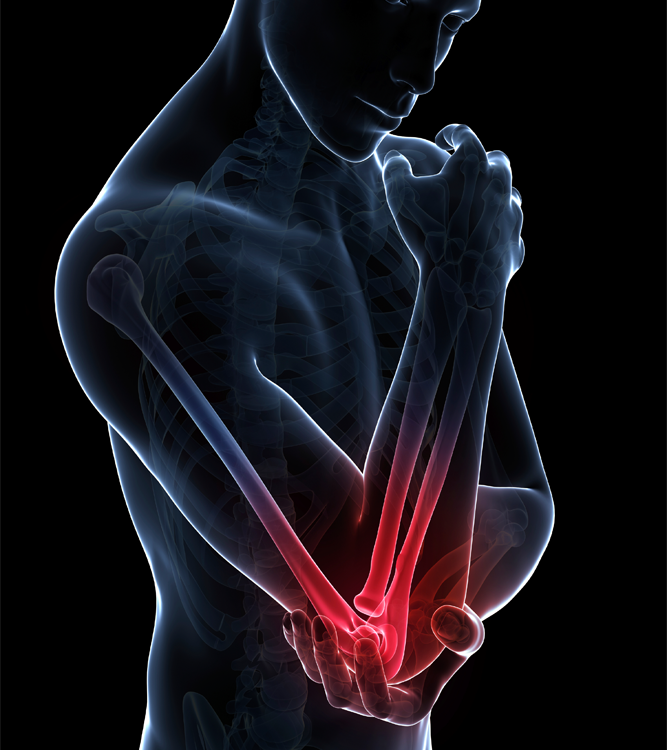Runners Knee

Tennis Elbow
April 24, 2020Runners Knee
It’s getting into the last few weeks of marathon training now and hopefully you’ve done most of the hard work and can start to taper. This month we explore one of the most common running injuries, especially common in long distance events, Iliotibial band syndrome, better known as runners knee.
It is so common that as runners constantly build their mileage to their chosen race, the closer they get, the injury rears its ugly head. By the time the injury is present, it can be a nightmare to recover from, and too close to the race to cure completely.
What is Iliotibial Band Syndrome?
Iliotibial Band Syndrome (ITBS) is one of the most common overuse injuries. It occurs when the Iliotibial band, a large ligament, which runs down the outside of the thigh, from the hip to the shin, is tight or inflamed. It helps to stabilize and move the knee joint.
How does it occur?
When we run with poor mechanics or incorrect support from running trainers, we can put excessive strain or force through our knees and hips, depending on how we impact the ground, and the way our joints are allowed to move. One of the most common ways in which ITBS occurs, is if we roll inwards excessively at the ankle and foot, allowing our knee to twist inwards and a strain to the ITB. Another way may be if our gluteus muscles (our buttocks) are weak, we can get rotating and collapsing in of the knee, again putting strain on the band.
How can we avoid it?
-
Correct Footwear
Wearing the correct type of running trainer with the correct type of support, will allow for assisting your natural biomechanics, so that you can avoid putting your joints and muscles under undue stress.
-
Glut strengthening exercises
By strengthening your gluts, you are increasing your hip stability, which controls how your hip and trunk moves over your knee, ankle and foot, and will reduce your chances of dropping our hip during your free leg swinging through.
-
Stretching of the IT band
Stretching the IT Band will reduce the risk of friction and rubbing between the IT Band and the knee, so inflammation doesn’t build up, causing pain.
-
Sports Massage/self massage-foam rolling


